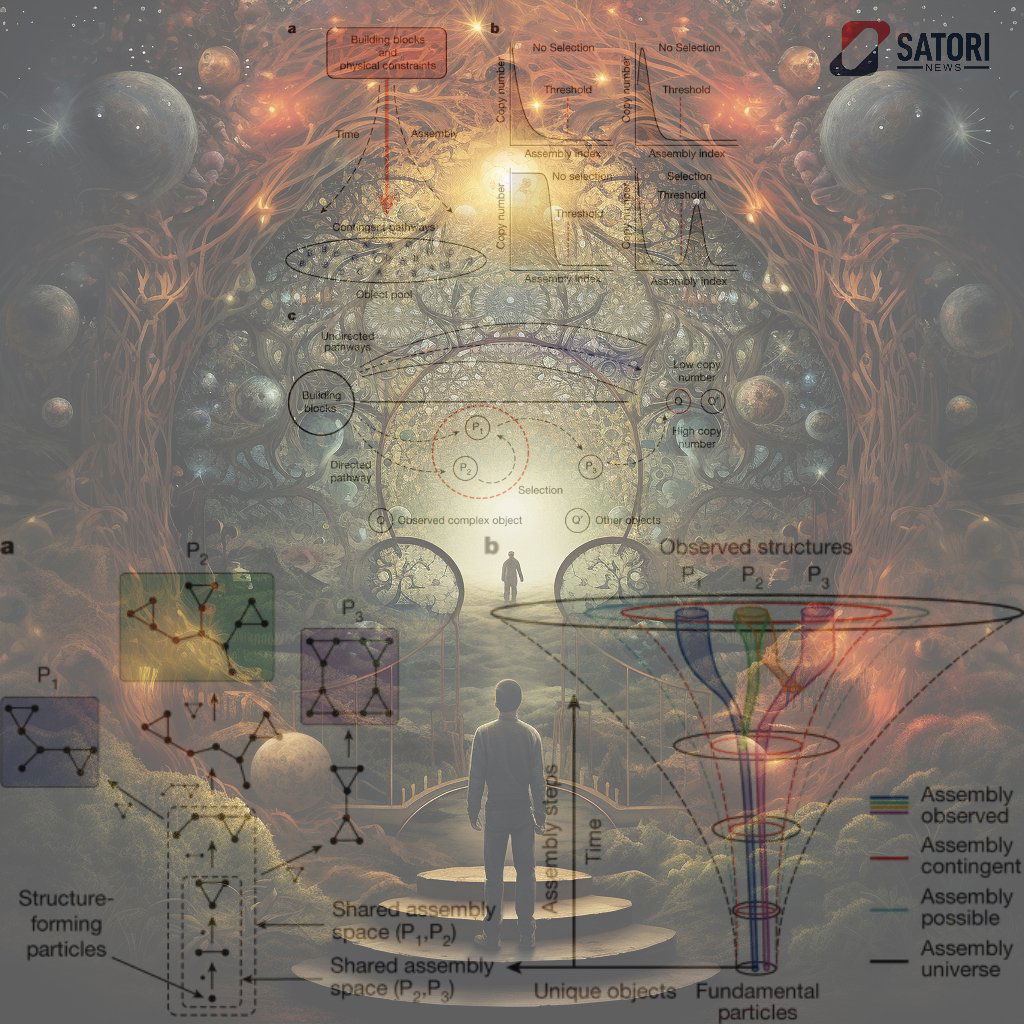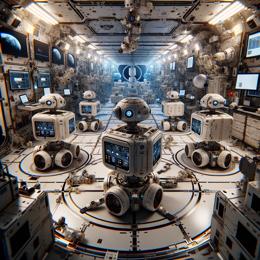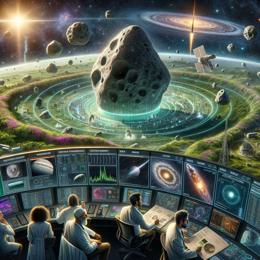Picture: for illustration purposes
Assembly Theory: A Groundbreaking New Approach to Unravel the Mystery of Life
The endless enigma of life’s emergence from non-living elements has perplexed scientists for years. Despite the advances in modern physics, the clear demarcation between living and non-living matter is something it cannot illustrate. However, Assembly Theory, an audacious new theory embraced by the scientific community following its publishing in Nature, offers an intriguing approach. The theory is backed on the concept that the intricacies of life and information stored in DNA emerge from chemical systems.
At the heart of this theory is the belief that objects are not defined as unchanging, steady entities but by the history of how they were formed. It concentres on the procedures by which complex configurations arise from simpler building blocks, quantified by the “assembly index.” This measure indicates the simplest route, or minimum steps, needed to construct an object, and the degree of “selection” required, which is, the memory like DNA, crucial for the formation of living things.
Assembly theory also offers scoutable insights into the genesis of life, suggesting a threshold at which molecules become complex enough to self-replicate, thus marking the point at which life arises from non-life.
The emerging Assembly Theory could initiate wider studies beyond just molecules, potentially leading to novel scientific insights or technological inventions around material aggregates, polymers or artificial chemistry. It could also assist detailed study into evolution and help comprehend the transition points in evolutionary history.
While the challenges in experimental tests are visible, the potential of Assembly Theory to offer a radical new understanding of matter may well prove to be a path worth treading.
Article author: Lee Cronin, Regius Chair of Chemistry, University of Glasgow. Story courtesy of the Conversation










